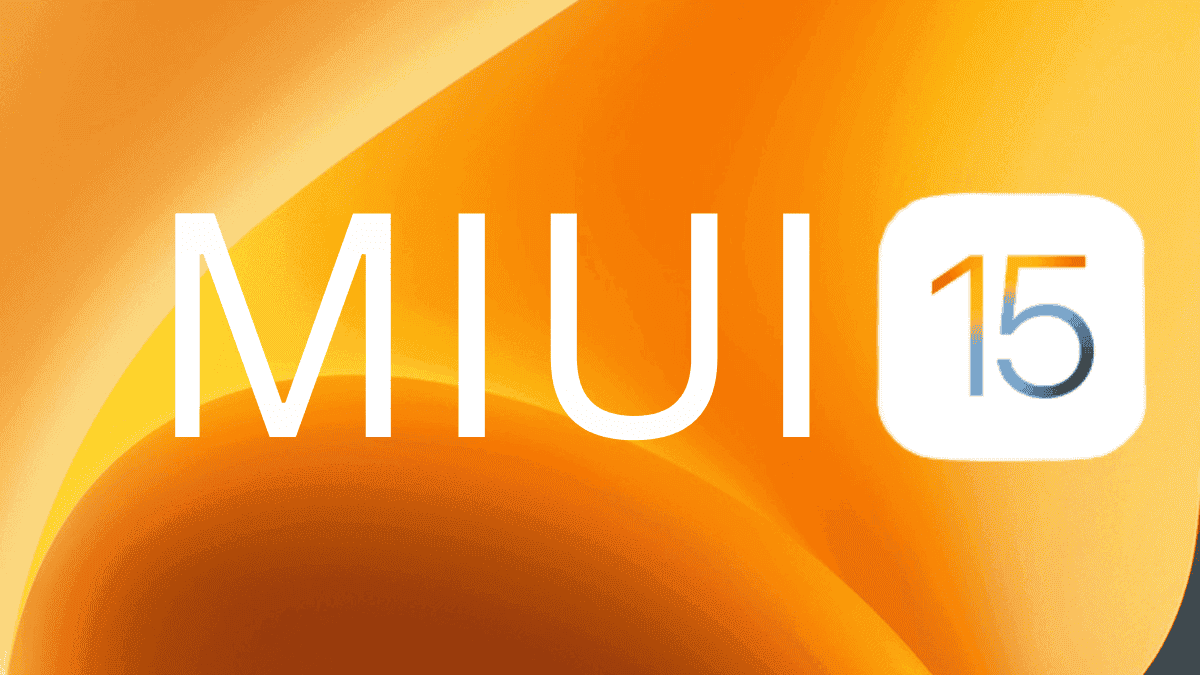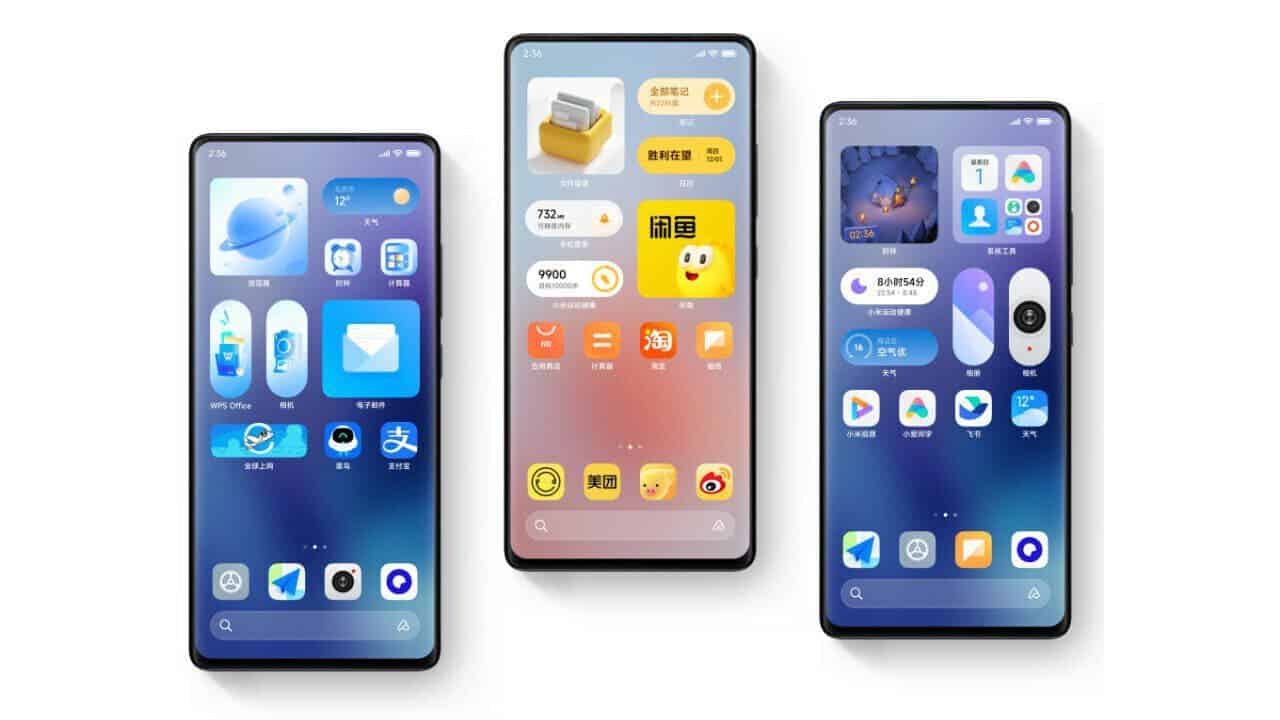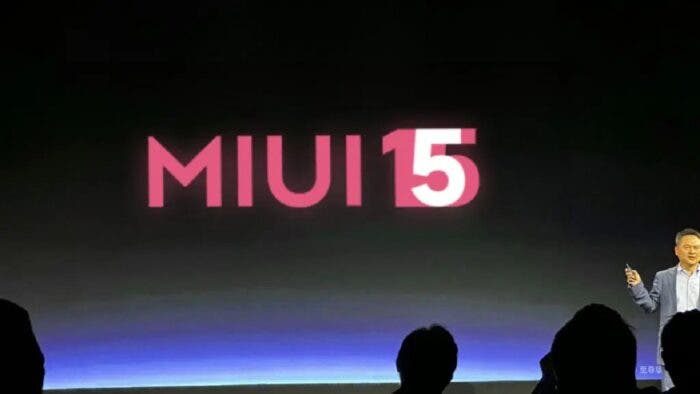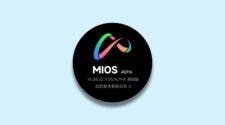Xiaomi’s MIUI, known for its distinct and often innovative features, has been a cornerstone of the company’s success in the smartphone market. Since its inception as “Red Rice” in 2014, MIUI has evolved considerably, shaping the Android experience for Xiaomi users worldwide. As MIUI enthusiasts eagerly await the release of MIUI 15, it’s an opportune moment to reflect on the journey so far and articulate our expectations for the future. In this article, we will explore key areas where MIUI can continue to improve. Making it even more user-friendly, efficient, and appealing.
Enhancing the MIUI Experience: Expectations for MIUI 15

1. A User Interface in Harmony with Android
One of the defining characteristics of MIUI has been its unique and visually appealing interface. In its early days, when Android’s design language was still evolving, MIUI’s resemblance to iOS set it apart and appealed to many users. However, as Android matured and developed its distinctive design identity, MIUI gradually diverged. While this divergence isn’t inherently problematic, it can lead to design inconsistencies and impact the overall user experience.
For instance, with the introduction of Google’s Material You design in Android 12, the Mountain View company set new standards for design consistency. Pixel users now enjoy a seamless and visually pleasing interface. We hope that Xiaomi takes a similar approach with MIUI 15, aligning it more closely with Android’s evolving design language. Although regional variations exist in MIUI due to the diverse markets it serves, striving for a unified design experience would enhance the overall usability and aesthetics of the interface.
2. Widgets for Everyone with Unified Layouts
Widgets have experienced a resurgence on Android, becoming more versatile and user-friendly than ever before. Xiaomi has embraced widgets, but at times, they have been limited to services primarily used in China. This limitation results in a less comprehensive MIUI experience for users in other regions.
To address this issue, Xiaomi should consider offering widgets for all its system applications and ensuring that they conform to the overall customization layer’s visual aesthetics. Taking inspiration from Apple’s approach in iOS 17, where widgets have gained enhanced functionality, would be a welcome addition. Moreover, looking at Google’s Android, we find examples of useful widgets such as the calendar and Keep. Allowing users to interact directly with essential features from the home screen. Incorporating similar widgets into MIUI would significantly improve user convenience and productivity.
3. A Unified MIUI 15 Experience for All
A critical aspect of MIUI’s future development is ensuring a unified experience across different regions. Xiaomi’s Chinese and Global versions of MIUI often exhibit disparities in features and functionality. For users, this can lead to frustration when they encounter features in online discussions or reviews that aren’t available on their devices.
To provide a consistent experience for all users, Xiaomi should aim to release MIUI 15 with all its new features available globally. While accommodating certain regional variations for specific apps and services is reasonable, core elements of the system should be accessible to users worldwide. Overcoming challenges related to certifying devices for Google Play should be a priority in this endeavor. A unified MIUI will make users feel that they are part of a cohesive ecosystem, regardless of their location.

Bonus: Less Dependence on Android
As an intriguing addition, we can envision MIUI becoming more independent of Android in the future. Although MIUI has its roots in Android and shares many common elements, it has been gradually moving away in terms of philosophy. Recent leaks from China suggest that Xiaomi is developing its own operating system, which could potentially reshape its future.
The emergence of new competitors in the market with alternative operating systems would offer users more choices and diversify the ecosystem landscape. Xiaomi possesses the necessary resources and expertise to embark on this path. And it could lead to innovative developments that further differentiate MIUI from other Android-based interfaces.
Conclusion
In conclusion, the release of MIUI 15 is highly anticipated. And Xiaomi has the opportunity to make substantial improvements that enhance the user experience. We have explored the need for a more consistent and harmonious interface with Android, the expansion of widgets with unified designs, and the importance of a unified MIUI experience for users across the globe. Additionally, we’ve considered the potential for MIUI to become less reliant on Android in the long run.
As we eagerly await the unveiling of MIUI 15 in the coming months, we can only hope that Xiaomi takes these suggestions to heart. By doing so, they can continue to provide their users with a unique and exceptional smartphone experience that remains at the forefront of innovation in the Android ecosystem. With each iteration, MIUI has grown and adapted, and MIUI 15 presents an exciting opportunity to set new standards in user satisfaction and mobile functionality.
Follow Gizchina.com on Google News for news and updates in the technology sector.





